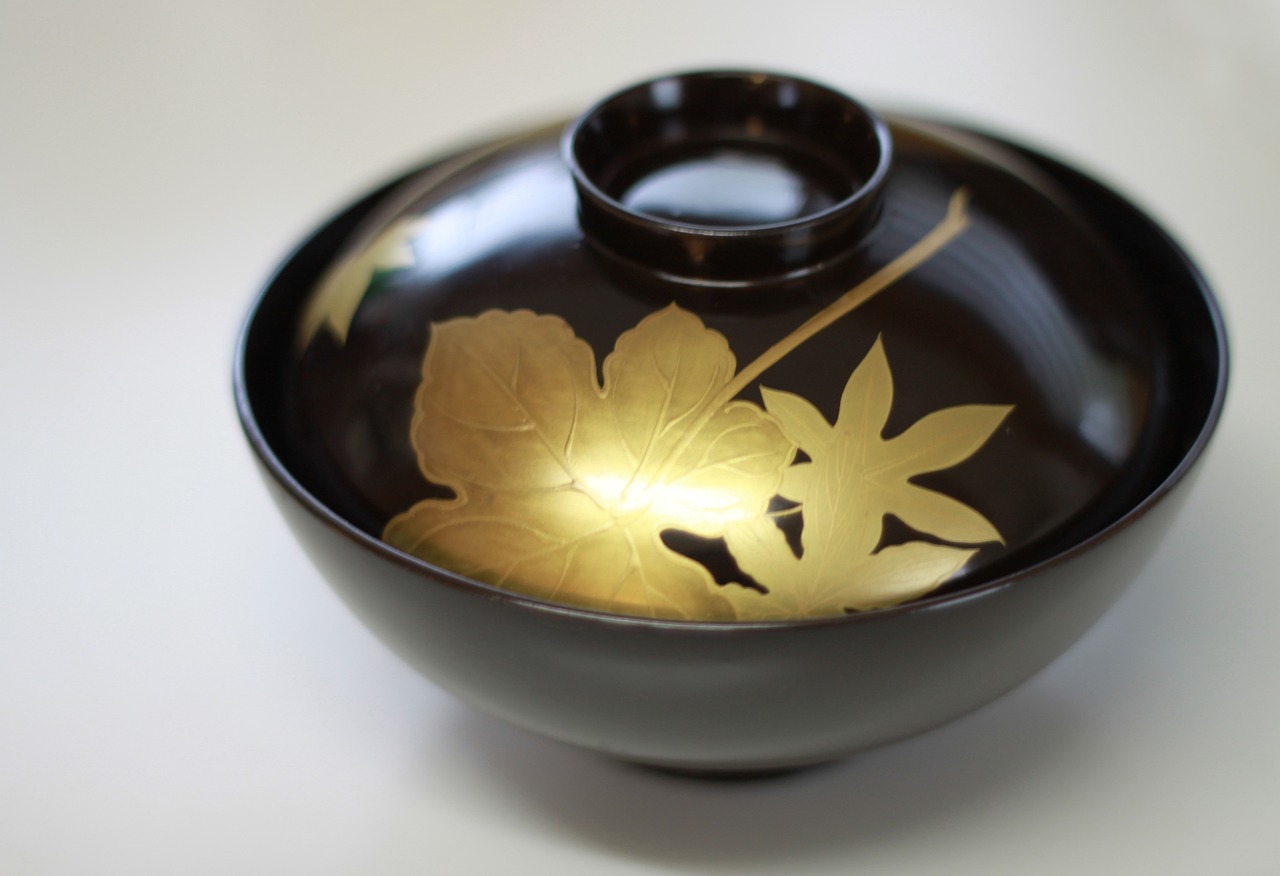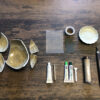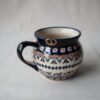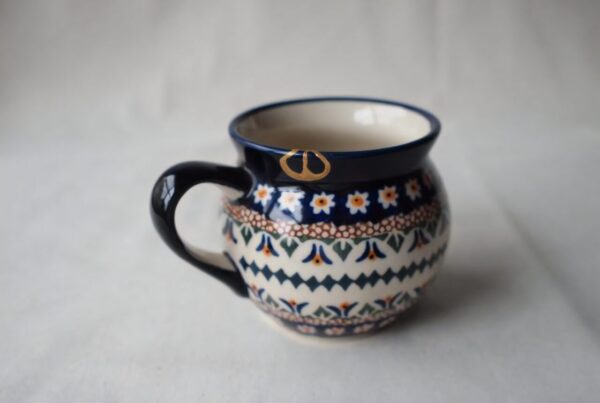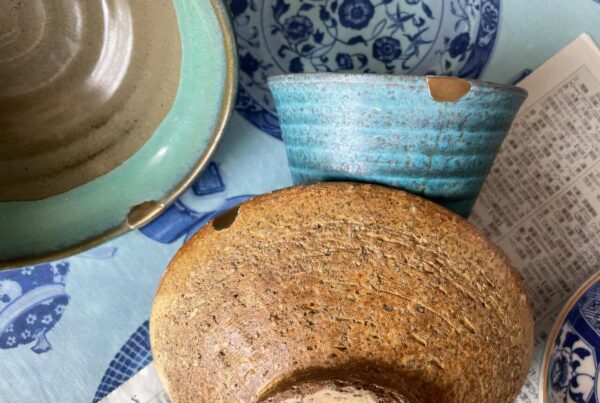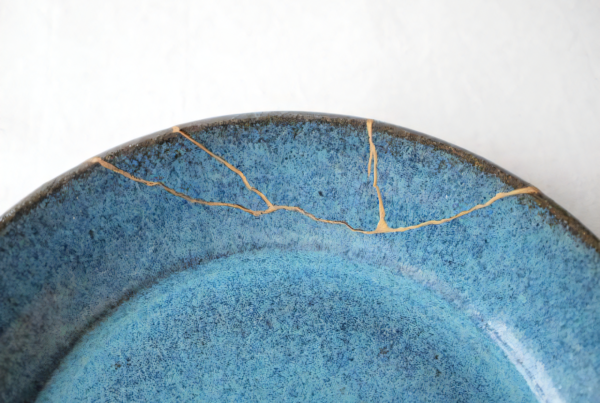Urushi (漆) lacquer, a natural varnish extracted from the sap of the urushi tree in the Anacardiaceae family, has been a cornerstone of Asian heritage for centuries. Esteemed for its unparalleled luster, waterproof qualities, chemical resilience, and anti-corrosive features, urushi lacquer finds its place in both the realm of fine arts and the sphere of daily utilities.
The tradition of crafting with urushi lacquer spans millennia across Japan, China, Korea, and beyond, with each culture fostering unique methodologies and aesthetic philosophies.
This article delves into the storied past, distinctive attributes, esteemed crafts, and the profound cultural bonds of urushi lacquer.
Characteristics and Advantages of Urushi Lacquer as a Material
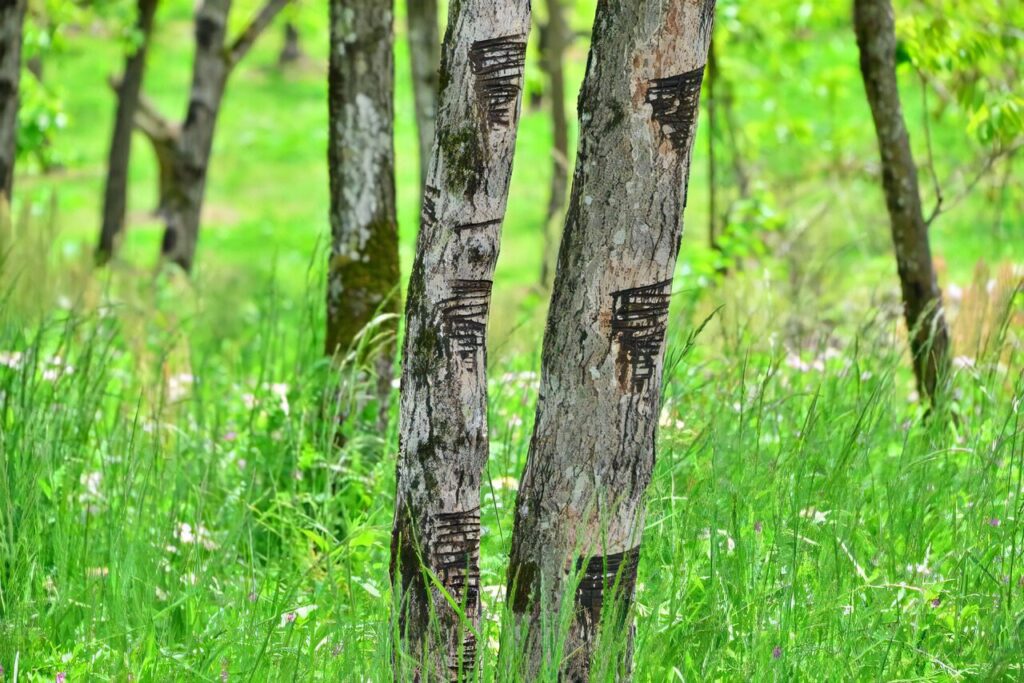 Urushi lacquer stands out as a natural varnish of ancient Asian origin, known for its ability to harden upon air exposure, creating a durable, transparent, or subtly tinted film. Its hallmark is the unique sheen, complemented by its waterproof, chemical-resistant, anti-corrosive, heat-resistant, and antimicrobial properties, marking urushi as an extraordinary material.
Urushi lacquer stands out as a natural varnish of ancient Asian origin, known for its ability to harden upon air exposure, creating a durable, transparent, or subtly tinted film. Its hallmark is the unique sheen, complemented by its waterproof, chemical-resistant, anti-corrosive, heat-resistant, and antimicrobial properties, marking urushi as an extraordinary material.
This lacquer forms an exceptionally hard, enduring film that not only protects but also enhances the aesthetic of wooden and bamboo items over extensive periods. Its ability to shield against water, moisture, and various chemicals broadens its use from mundane items to intricate art pieces. The high heat resistance makes urushi lacquer perfect for culinary ware, contributing to its widespread use in residences and eateries alike.
The material’s antimicrobial and anti-corrosive traits render it perfect for culinary utensils and tableware, ensuring food safety, especially in warmer climates. Moreover, urushi lacquer’s deep, rich gloss adds an artistic value, bringing to life crafts such as lacquerware, maki-e, and carved lacquer, enchanting observers with changing expressions under different light angles. This transcends urushi from a mere material to a celebrated form of art and cultural heritage.
The resilience, waterproofing, chemical resistance, and beauty of urushi lacquer elevate the crafts made from it beyond ordinary utility to cherished art pieces, earning a pivotal role in the cultures of Japan and other Asian nations.
History of Urushi Lacquer
Urushi lacquer’s legacy traces back to the Neolithic era, initially cherished as a protective coating for wood and bamboo crafts. Over centuries, urushi transcended its material confines, becoming an integral element of cultural expression and artistic endeavor. In Japan, evidence of sophisticated lacquer techniques dating back to the Jomon period highlights its integral role in Japanese culture.
In China, the allure and durability of urushi lacquer adorned luxurious decorations and courtly items, its prestige spreading west via the Silk Road. As lacquer art intertwined with local cultures and innovations, it garnered acclaim within Asian artistic traditions.
Therefore, urushi lacquer has not only shaped unique crafts across Asia but has also profoundly impacted lives and cultures as a distinguished art form.
Traditional Crafts Using Urushi Lacquer
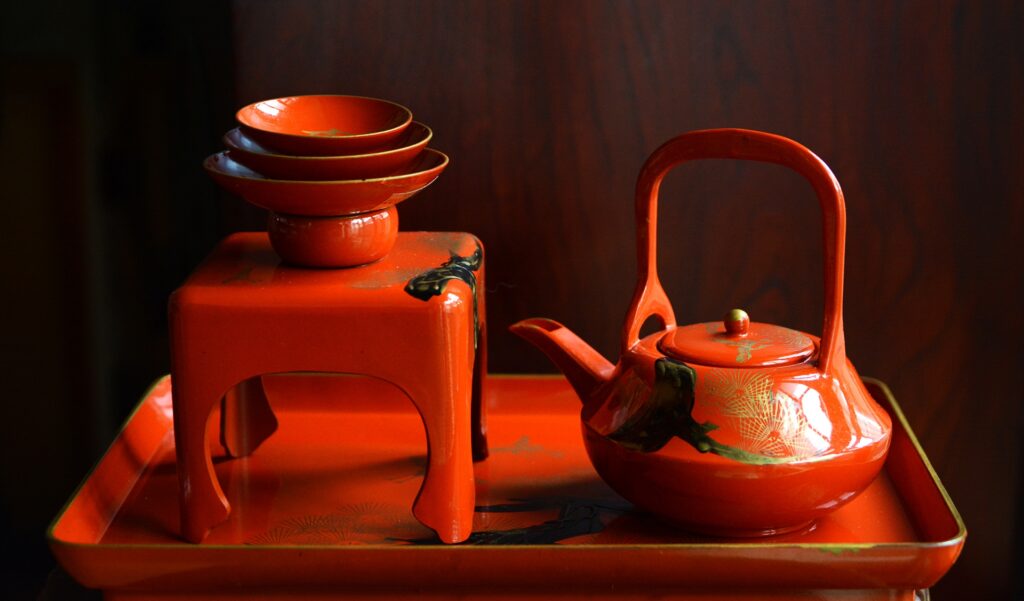
Japan’s urushi lacquer crafts are celebrated for their diversity and exquisite detail, with lacquerware, maki-e, carved lacquer, and kintsugi standing out. These crafts leverage urushi’s singular properties to fuse aesthetic appeal with functionality, deeply ingrained in Japanese culture.
Lacquerware transforms everyday items like tableware and furniture into objects of beauty and durability. Maki-e, with its intricate gold or silver powder designs on lacquered surfaces, is highly valued for its ornamental finesse. Carved lacquer, a technique of layering and then intricately carving lacquer, demands exceptional skill for its artistic depth.
Kintsugi, the art of mending broken pottery with lacquer and precious metals, embodies the Japanese philosophy of valuing and respecting the history and imperfections of objects. This technique not only repairs but also enhances the beauty and narrative of the items.
These urushi crafts mirror the aesthetic principles of Japanese culture, their allure enduring through time.
Connection Between Urushi Lacquer and Culture
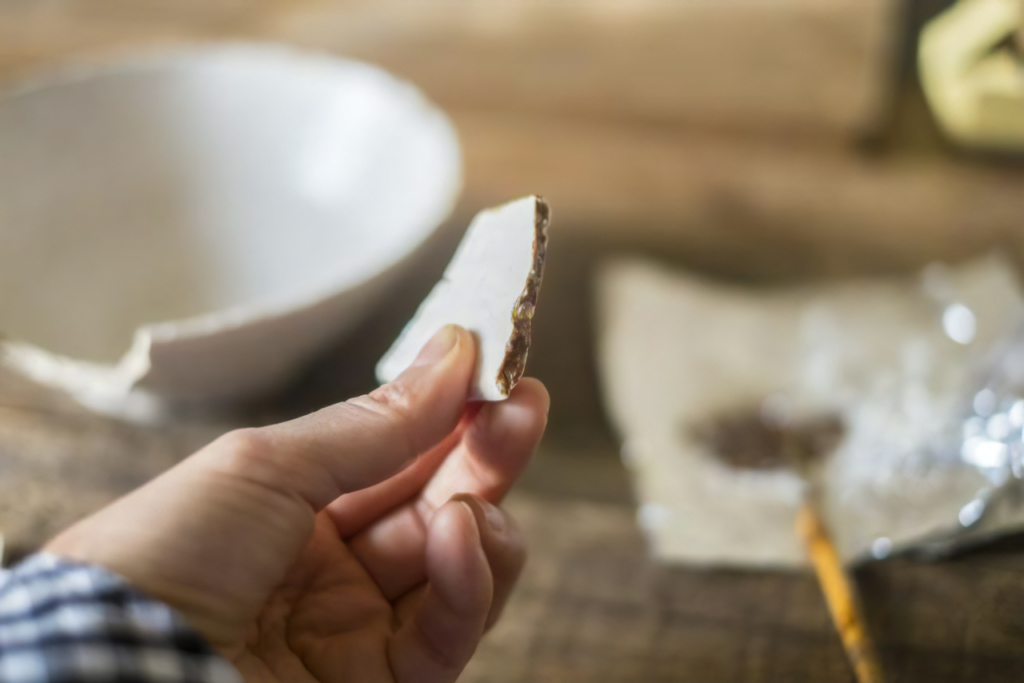 Urushi lacquer’s unique allure and functionality are deeply woven into the fabric of not only Japanese but also broader Asian cultures. Indispensable to Japanese life and arts, urushi crafts play vital roles in tea ceremonies, traditional entertainment, and festival adornments, embodying a spirit of reverence for objects and the beauty in imperfection.
Urushi lacquer’s unique allure and functionality are deeply woven into the fabric of not only Japanese but also broader Asian cultures. Indispensable to Japanese life and arts, urushi crafts play vital roles in tea ceremonies, traditional entertainment, and festival adornments, embodying a spirit of reverence for objects and the beauty in imperfection.
The varied techniques of urushi crafts, including lacquerware, maki-e, carved lacquer, and kintsugi, utilize the material’s virtues to create enduring and beautiful works of art. Kintsugi, in particular, showcases a distinct Japanese aesthetic that finds new value in imperfections.
In essence, urushi lacquer transcends its role as a mere material, becoming a fundamental aspect of Japanese and Asian cultural heritage, cherished across generations and establishing its mark as not just a natural varnish but a legacy of cultural significance.
Urushi Lacquer and Sustainability
Urushi lacquer stands out as an eco-friendly marvel, sourced directly from nature, and is renowned for its minimal environmental footprint from inception to its final form. This sap, drawn from the urushi tree, has been a cornerstone in the creation of traditional artifacts across Asia, particularly in Japan, China, and Korea, for millennia. Yet, its aesthetic appeal and practical utility only scratch the surface of urushi’s value, with its sustainability being a key attribute that demands attention.
The process to produce urushi lacquer exemplifies a profound respect for natural harmony. Unlike conventional practices that may involve deforestation, urushi trees are left intact and continue to thrive as the sap is gently extracted, thus preserving ecosystems and minimizing environmental disruption. The cultivation of these trees plays a crucial role in soil conservation, preventing erosion, and maintaining habitats for a myriad of species, thereby bolstering biodiversity.
Urushi’s composition is entirely natural, eschewing any synthetic additives, which ensures its end-of-life impact on the planet is negligible. Once no longer in use, urushi items decompose naturally, offering an elegant solution to waste. Moreover, urushi-coated products boast remarkable longevity, curtailing the need for frequent replacements and, in turn, diminishing resource depletion.
In essence, urushi represents a holistic approach to environmental responsibility, covering every phase of its life cycle—from production and application to eventual disposal.
Conclusion
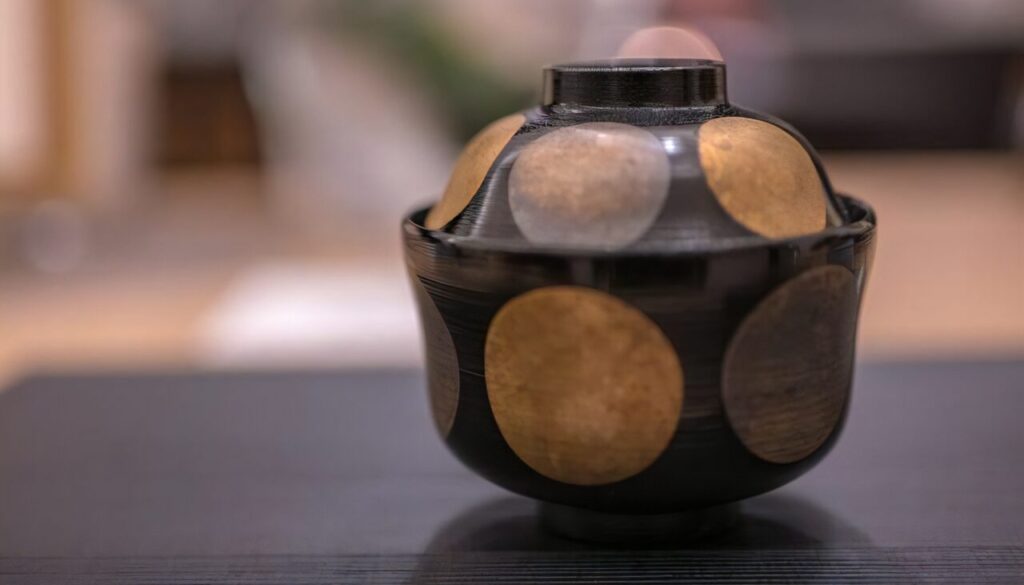 In conclusion, urushi lacquer, a revered natural varnish from Asia, embodies a perfect blend of ancient tradition and modern sustainability. Its rich history, extending from the Neolithic era to contemporary times, showcases a material deeply embedded in cultural expression and artisanal craftsmanship.
In conclusion, urushi lacquer, a revered natural varnish from Asia, embodies a perfect blend of ancient tradition and modern sustainability. Its rich history, extending from the Neolithic era to contemporary times, showcases a material deeply embedded in cultural expression and artisanal craftsmanship.
Celebrated for its luster, durability, and protective qualities, urushi has been integral to the development of unique crafts such as maki-e, kintsugi, and lacquerware across Japan, China, and Korea. These crafts not only highlight the material’s aesthetic and functional superiority but also reflect the deep cultural significance and philosophical values of the societies that cherish them.
Moreover, urushi lacquer’s eco-friendly attributes underscore its role in promoting environmental sustainability through mindful practices and natural decomposition.
As we delve into the future, urushi stands as a testament to the harmonious balance between nature, art, and culture, continuing to inspire and captivate with its timeless beauty and resilience.

